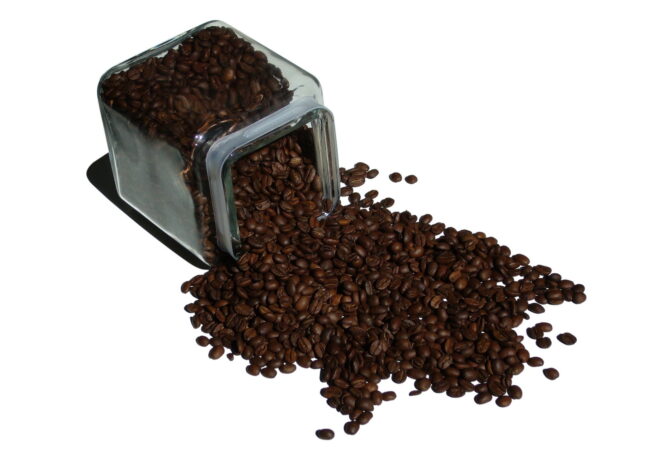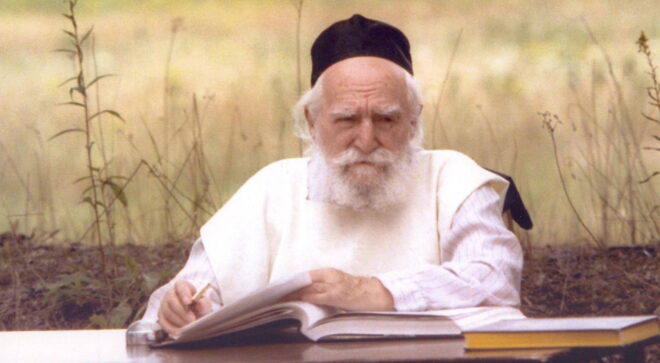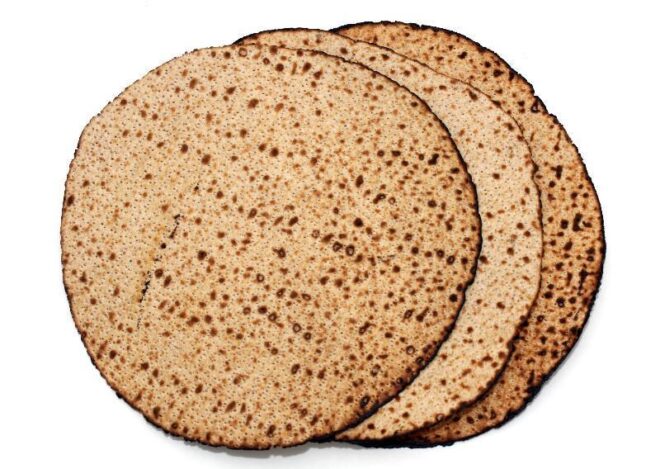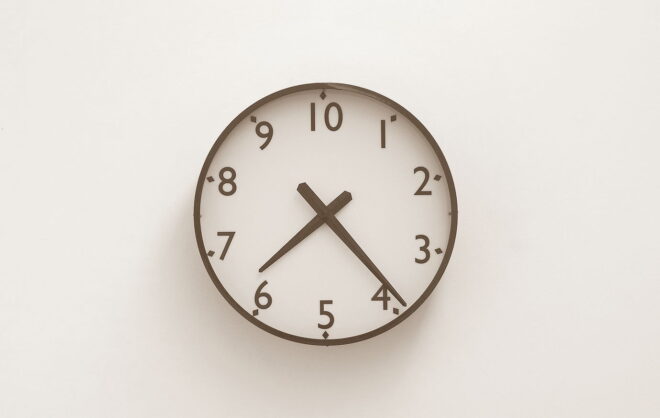 Rabbi Eliezer of Metz (known by his acronym The רא״ם Re’em), a disciple of Rabbeinu Tam, in his Sefer Yereim ספר יראים chapter 274, states that bein hashmashos starts the time it takes to walk three quarters of a mil before sunset, and ends at sunset.
Rabbi Eliezer of Metz (known by his acronym The רא״ם Re’em), a disciple of Rabbeinu Tam, in his Sefer Yereim ספר יראים chapter 274, states that bein hashmashos starts the time it takes to walk three quarters of a mil before sunset, and ends at sunset.
פירוש משתשקע החמה דר׳ יהודה ור׳ נחמיה משמתחלת לשקוע שנוטה מעט ומכירים העולם שרוצה להכנס בעובי הרקיע … ולשון משתשקע משמע הקדמה … וכן נראה לי עיקר דמשתשקע החמה הוא קודם שקיעת החמה דעולא ולא כדברי רבינו יעקב … ואין להקפיד על צאת הככבים … אע״ף שאין הכוכבים נראים … שלילה גמור הוא כפירושי.
The Yereim’s opinion is brought down by other Rishonim including the Mordechai and Rav Alexander Suslin HaKohen in his Sefer Agudah. The Yereim is mentioned by the Bach as a reason for the minhag of starting Shabbos early. The Yereim’s times are not brought down by the poskim lehalacha.
The Time to Walk a Mil
The time to walk a mil is based on the Gemara in Pesachim 93b – 94a. The time ranges in the poskim and includes 18, 22.5 and 24 minutes. Three quarters of these mil times would be 13.5, 16.875 and 18 minutes. It should be noted that the Yereim is of the opinion that a mil is 24 minutes. The above mentioned Mordechai who quoted the Yereim is also of the same opinion. We will hopefully discuss in detail the various opinions on the time to walk a mil in a future article.
The Addition of the Yereim’s Times to the KosherJava Zmanim Library
As of the 2.1.0 release of the KosherJava zmanim library, the Yereim’s bein hashmashos times have been added to the KosherJava zmanim library/API. There are six variants of these zmanim that were added. These include the three exact minute offsets mentioned above, as well as the conversion of these three times to degrees (elevation angle, or solar zenith angle). The only prior degree based time for the Yereim that I am aware of is in Rabbi Yedidya Manet’s Zmanei Halacha Lema’aseh (זמני ההלכה למעשה מהרב ידידיה מנת). The Zmanei Halacha Lema’aseh charts calculate bein hashmashos in degrees based on the 18 minute (3/4 of a 24 minute mil, see p. 27 in the 4th ed. published in 2005), but does not clarify the degrees used. At Rabbi Yaakov Shakow’s recommendation, I used the refraction value of 31/60 or 0.516° that exists in Israel, as opposed to the global average of 0.566°. This more stringent refraction is mentioned in the Zmanei Halacha Lema’aseh (p. 11) and used in the לוח עתים לבינה Luach Itim Lebinah. I also slightly rounded the times. These small tweaks resulted in a trivial maximum 19 second chumra vs the non-rounded global average refraction. The resulting degrees of elevation angle for the Yereim’s bein hashmashos are 2.1°, 2.8° and 3.05°. Solar zenith angles are traditionally calculated using the sun’s position without adjusting for refraction and without accounting for the solar radius (i.e. it is the position of the center of the sun in a vacuum). This does not impact the calculated time, it is simply the convention used. In the upcoming 8th edition of הרב דוד יהודה בורשטין Rabbi Yehuda Burstein’s זמנים כהלכתם / Zmanim Kehilchasam he mentions that
הזמן הנ״ל של 18 דקות לפני השקיעה המישורית הוא הזמן רק במרכז א״י ביום הבינוני כנ״ל, ובכל מקום בכל יום מחשבין זאת לפי שיטת המעלות, דהיינו דבודקים כמה מעלות מעל האופק נמצאת השמש במרכז א״י ביום הבינוני 18 דקות לפני השקיעה המישורית, ואותו מספר מעלות של השמש מעל האופק בכל מקום בכל יום הוא הזמן של ״היראם״. ועוד יש להוסיף זמן ל״תוספת שבת״, ובזה יוצא ידי כל שיטות הראשונים ואשרי חלקו.
A future article will address the proper date to use for converting minute-based times to degrees below (or above) the horizon and show how to use the KosherJava Zmanim code to calculate this.
I would like to thank Rabbi Yaakov Shakow for his help and suggestions.
Sample Code
Below are code examples for all six variants of the Yereim’s Bein Hashmashos (spelled BainHashmashos in the code).
GeoLocation yerushalayim = new GeoLocation("Jerusalem, Israel", 31.778, 35.2354, 0, TimeZone.getTimeZone("Asia/Jerusalem"));
ComplexZmanimCalendar czc = new ComplexZmanimCalendar(yerushalayim);
Date bh18Min = czc.getBainHasmashosYereim18Minutes();
Date bh3Pt05Deg = czc.getBainHasmashosYereim3Point05Degrees();
Date bh16Pt875Min = czc.getBainHasmashosYereim16Point875Minutes();
Date bh2Pt8Deg = czc.getBainHasmashosYereim2Point8Degrees();
Date bh13Pt5Min = czc.getBainHasmashosYereim13Point5Minutes();
Date bh2Pt1Deg = czc.getBainHasmashosYereim2Point1Degrees();
SimpleDateFormat sdf = new SimpleDateFormat("yyyy-MM-dd h:mm:ss a z"); //set the output format
sdf.setTimeZone(czc.getGeoLocation().getTimeZone()); //set the formatter's time zone
System.out.println("Bein Hashmashos 18 min: " + sdf.format(bh18Min));
System.out.println("Bein Hashmashos 3.05°: " + sdf.format(bh3Pt05Deg));
System.out.println("Bein Hashmashos 16.875 min: " + sdf.format(bh16Pt875Min));
System.out.println("Bein Hashmashos 2.8°: " + sdf.format(bh2Pt8Deg));
System.out.println("Bein Hashmashos 13.5 min: " + sdf.format(bh13Pt5Min));
System.out.println("Bein Hashmashos 2.1°: " + sdf.format(bh2Pt1Deg));
The output of the above code (assuming that the calendar was set to March 16, 2020).
Bein Hashmashos 18 min: 2020-03-16 5:29:58 PM IST
Bein Hashmashos 3.05°: 2020-03-16 5:29:40 PM IST
Bein Hashmashos 16.875 min: 2020-03-16 5:31:05 PM IST
Bein Hashmashos 2.8°: 2020-03-16 5:30:51 PM IST
Bein Hashmashos 13.5 min: 2020-03-16 5:34:28 PM IST
Bein Hashmashos 2.1°: 2020-03-16 5:34:09 PM IST




